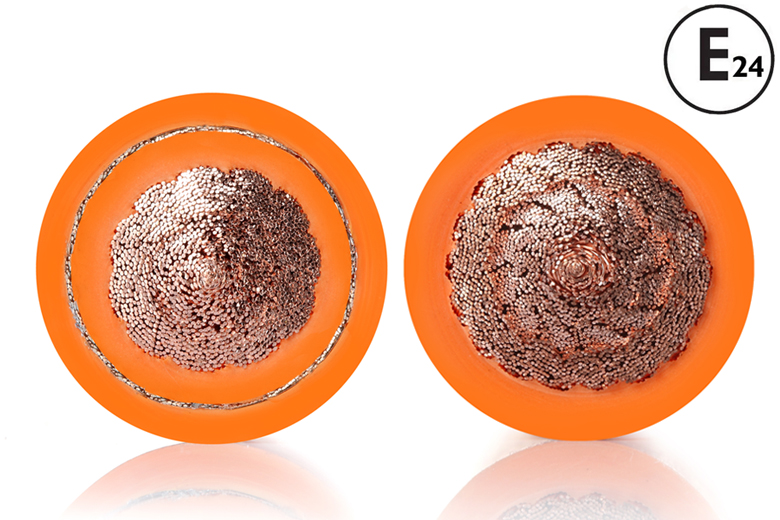With the rapid development and popularisation of new energy vehicles, high-voltage cables, as one of their important components, are crucial to guaranteeing the safety and performance of the vehicles. On electric vehicles, the high-voltage electrical system is mainly responsible for starting, driving, charging and discharging, and air conditioning power. It mainly includes the battery system, powertrain, high-voltage electrical control system, charging system, high-voltage equipment, and its wiring harness system. Electric vehicle high-voltage wires are used to connect the charging port to the battery, inside the battery, the battery to the engine and other components, as well as battery energy storage equipment and other areas, as a carrier for power transmission. Due to the harsh environment of in-vehicle applications, small wiring space, high current and high voltage, high and low temperature environments with more heat dissipation is not good, there is salt spray, electromagnetic fields, oil and chemical interference, the electric vehicle high-voltage cable has very high performance requirements and low smoke halogen-free flame retardant and other environmental safety requirements. Therefore, the correct selection of suitable high-voltage cables is a key step to ensure the normal operation of the charging and drive system of new energy vehicles.
Firstly, the high-voltage cables of new energy vehicles generally match the voltage level of the battery pack. According to the design of the vehicle's electrical system and voltage requirements, the appropriate voltage level is selected, for example, common high-voltage cable voltage levels are 500V, 800V and so on. Secondly, the rated current of the high-voltage cable should be able to meet the charging and driving requirements of the electric vehicle. According to the power and charging requirements of the vehicle, select the high-voltage cable with sufficiently large rated current capacity to ensure charging efficiency and driving performance. The insulation material of the high-voltage cable should have good insulation and high temperature resistance to prevent current leakage and short-circuit accidents. Commonly used insulating materials include polypropylene, polyethylene and cross-linked polyethylene. According to the use environment and temperature requirements of the vehicle, choose the appropriate insulation material. In addition to this, high-voltage cables are subject to friction, extrusion and environmental climate during use. Therefore, high-voltage cables with good abrasion and weather resistance should be selected to extend their service life and reliability.
When selecting high-voltage cables, it is important to choose the appropriate length of high-voltage cable according to the design and layout of the vehicle and to ensure that the connection method and connectors meet the requirements of the vehicle system. Suitable lengths and connections simplify the installation process and increase the reliability of the cable. It is important to ensure that the cables comply with relevant safety certification standards and regulations, such as national or regional product certifications, International Electrotechnical Commission (IEC) standards, etc. These certifications guarantee the quality and safety performance of high-voltage cables.
OMG' specialises in the field of research and production of cables for electric vehicles, and has passed the ISO 9001:2015 and IATF 16949:2016 system certification.OMG' in-vehicle high-voltage cable products implement ISO6722-1, ISO6722-2, ISO14572, LV216, ISO19642, UL758 (UL3820\UL30088) and other international standards. Conductor materials are available in a variety of conductor types such as bare copper, tinned copper and aluminium alloys, and cable solutions can be tailored to meet specific customer needs. Contacting our cable engineers will help you make a better selection:Leo@omgevcable.com

